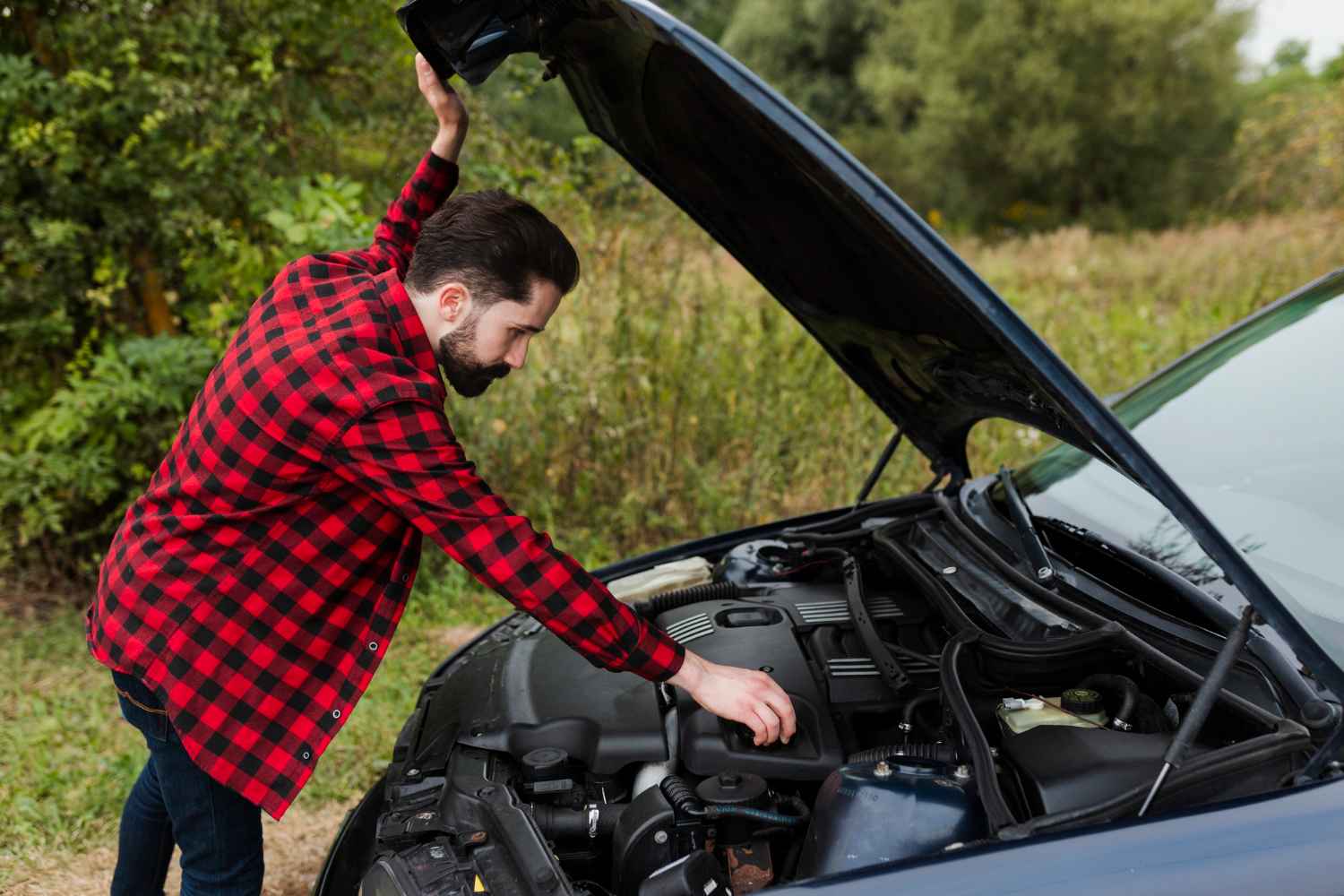Experiencing a vehicle breakdown is an unfortunate reality for many UK drivers. Knowing how to handle such situations can be challenging, especially if facing financial constraints for repairs or replacements. One pressing question often arises is whether you can abandon your malfunctioning vehicle.
This guide will explore the circumstances under which leaving your broken-down car might be permissible and offer practical advice for those unable to cover repair costs.
Top Reasons Your Car Might Break Down on the Motorway
Breakdowns can still occur unexpectedly. Here are some frequent culprits behind motorway breakdowns:
Engine Problems: Engine failure or overheating can cause a sudden pause in your journey.
Tyre Issues: Blowouts and punctures often result from worn tyres or road debris.
Battery Failures: A dead battery can get you stuck without warning.
Fuel Shortages: Running out of fuel is a typical but easily preventable problem.
Electrical Glitches: Faulty wiring or components can disrupt your vehicle’s functionality.
Brake Failures: Malfunctioning brakes pose a serious safety risk and can cause breakdowns.
Transmission Trouble: It can impair your car’s ability to shift gears properly.
Severe Weather: Heavy rain, snow, or ice can lead to unexpected breakdowns.
The Legal Consequences of Leaving a Vehicle on the Hard Shoulder
The issue of leaving a broken-down car on the hard shoulder has gained significant attention in recent years due to the alarming number of accidents involving stationary vehicles on motorways. Generally speaking, leaving your car on the hard shoulder for an extended period is illegal. This area is designated solely for emergencies, and an abandoned vehicle can create serious hazards for you and other drivers.
In response to these safety concerns, Highways England has initiated a new campaign to guide motorists on the safest procedures to follow if their vehicle breaks down on a major UK motorway. Here’s what they recommend:
- Signal your intention to move over by activating left indicators.
- Slowly make your way to the slow left lane.
- Pull into the nearest emergency refuge area or hard shoulder.
- Turn on hazard lights to alert other drivers to your situation.
- Safely leave the vehicle on the left side.
- Position yourself behind a safety barrier or as far from the road as possible.
- Call National Highways at 0300 123 5000 and follow up with a breakdown recovery service.
It’s crucial not to attempt any repairs or set up a warning triangle, as these actions could further jeopardise your safety.

The Perils of Leaving Your Car Unattended
Leaving your vehicle unattended for an extended period can expose it to several risks, which vary based on its location and how long it’s left there. You might face:
Vandalism and Theft: An abandoned car can attract unwanted attention, especially in a vulnerable spot. Criminals may see it as an easy target for vandalism or theft, potentially breaking in or causing damage to the vehicle.
Legal Repercussions: Local authorities may become involved if your vehicle is left in a dangerous location or remains abandoned for too long. You could face legal actions such as fines, towing, or even impoundment, depending on how the vehicle is perceived regarding hazard and neglect.
Increased Risk of Further Damage: An unattended car could cause or be engaged in an accident. If left on the roadside, it may contribute to dangerous situations for other drivers, leading to collisions and additional damage.
Essential Safety Tips for Handling a Motorway Breakdown
Certain actions can compromise your safety when dealing with a motorway breakdown. Avoid these risky behaviours, regardless of how secure the situation may seem:
Skip the Warning Triangle
Setting up a warning triangle on a motorway is not advisable as it can be unsafe and ineffective in high-speed traffic.
Avoid DIY Repairs
Even minor fixes can be dangerous on the hard shoulder. Don’t attempt any repairs yourself.
Stay Clear of Traffic
Never stand beside your car or amid your car and the approaching traffic. Positioning yourself in these areas increases your risk of injury.
Don’t Stand Downstream
Even if you are behind a safety barrier, avoid standing directly downstream of your vehicle and the traffic.
Keep Pets Inside
Don’t remove your pets from the vehicle. They could stray onto the road, creating additional hazards.
Refrain from Stopping for Others
If you encounter another vehicle in distress, do not stop to assist, even if you know them. Instead, contact National Highways at 0300 123 5000 or dial 999 for emergency services.
How to Use the Motorway Emergency Telephone Effectively
The motorway emergency telephone is a simple method and comes without cost. This phone connects you directly to an operator who can pinpoint your location instantly.
Look for the signs on the posts along the hard shoulder to find the nearest phone for emergencies. These signs will guide you to the phone and help you identify your exact position, which can be useful if you need to use your mobile phone to seek help.
When making the call, always face the traffic to ensure your safety. Provide the operator with detailed information about your vehicle, including the make, registration number, and model. Additionally, give them your full name and a number where you can be contacted.
It’s important to inform the operator if you have any passengers with you, such as pets or children, or if you are travelling alone and are in a vulnerable situation, such as being pregnant or having a disability. This information helps the operator assess your situation and provide appropriate assistance.
By following these instructions, you can better keep yourself and others protected while waiting for assistance on the motorway.

